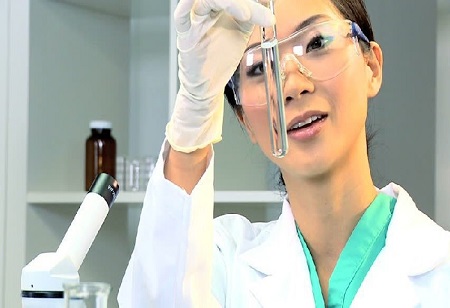China has introduced five additional medical disciplines, including Geriatrics and Health, to address immediate talent requirements and provide support for upholding public health, as outlined in a Ministry of Education guideline. The Professional Guidelines for Training Talent in the Healthcare Industry aims to assist universities in establishing innovative medical disciplines that align with the nation's needs and evolving trends in the health sector. The newly introduced disciplines comprise Medical Device and Equipment Engineering, Geriatrics Medicine and Health, Healthcare and Medical Insurance, Pharmaceutical Economics and Management, and Biomedical Data Sciences. These disciplines serve as reference points for higher education institutions in developing new medical programs, as per the guidelines.
Medical device engineering plays a crucial role in the design and development of medical devices, encompassing the creation, construction, and testing phases that characterize these products. This field has advanced from simple medical products to intricate medical device systems that incorporate software. Modern medical products leverage cutting-edge technologies like virtual reality, artificial intelligence, and automation to introduce devices with unprecedented capabilities. Geriatric Engineering involves applying engineering principles to address mechanical and control system challenges that arise as individuals age, adapting these solutions to supportive living environments that extend independent living. Biomedical data science is an interdisciplinary domain that utilizes large datasets to drive innovation and discovery in the biomedical field. Drawing insights from Biostatistics, Biomedical informatics, and machine learning, biomedical data science seeks to comprehend biological and medical data.
Healthcare in China has experienced fundamental transformations during the twentieth and twenty-first centuries, incorporating both public and private medical facilities as well as insurance initiatives. As of 2020, approximately 95% of the population has been given some form of basic health insurance. This insurance comprises two primary systems: employee medical insurance, which caters to the urban employed demographic, and resident medical insurance, which extends coverage to the urban non-employed and rural populations.

